
The God Of Reality Seminar 2026
This eye-opening, 4-day event invites truth-hungry souls from all backgrounds to step away from the illusions of this world and into a reality-based understanding of life!

Designed 4 More: 2025
Welcome to our 2025 podcast presented by Come And Reason Ministries and Honey Lake Clinic—featuring Timothy R. Jennings, M.D. Join us every Tuesday for a new episode that explores God’s design protocols for life and learn how to experience mental, emotional, spiritual, and relational thriving!
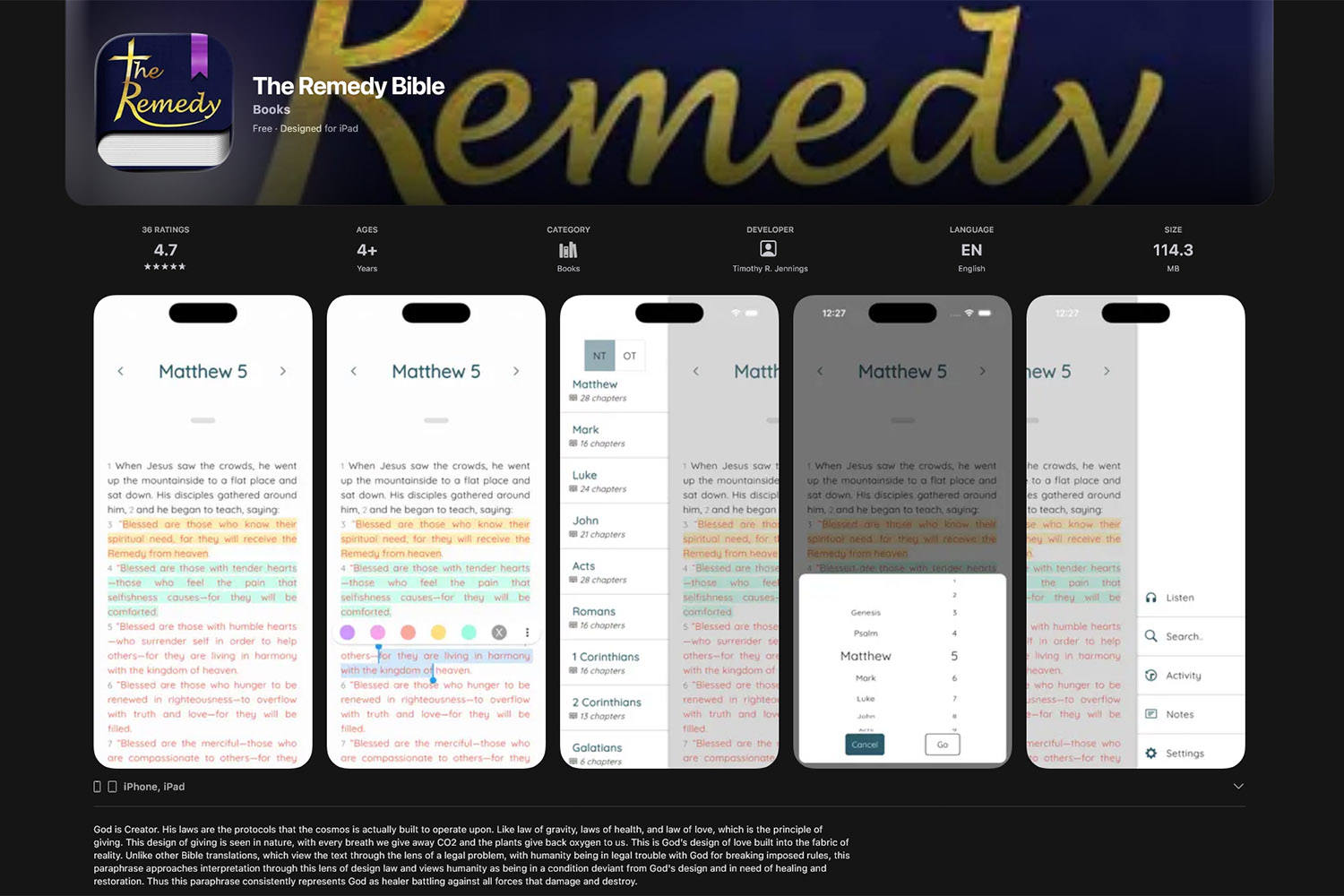
New Version of The Remedy Bible App For 2026!
With a 4.7/5 rating for both iOS and Android, this app has been rewritten from the ground up! Version 3.0 now features The Remedy NT Audio Book, among many new and improved features! Update or Reinstall TODAY!
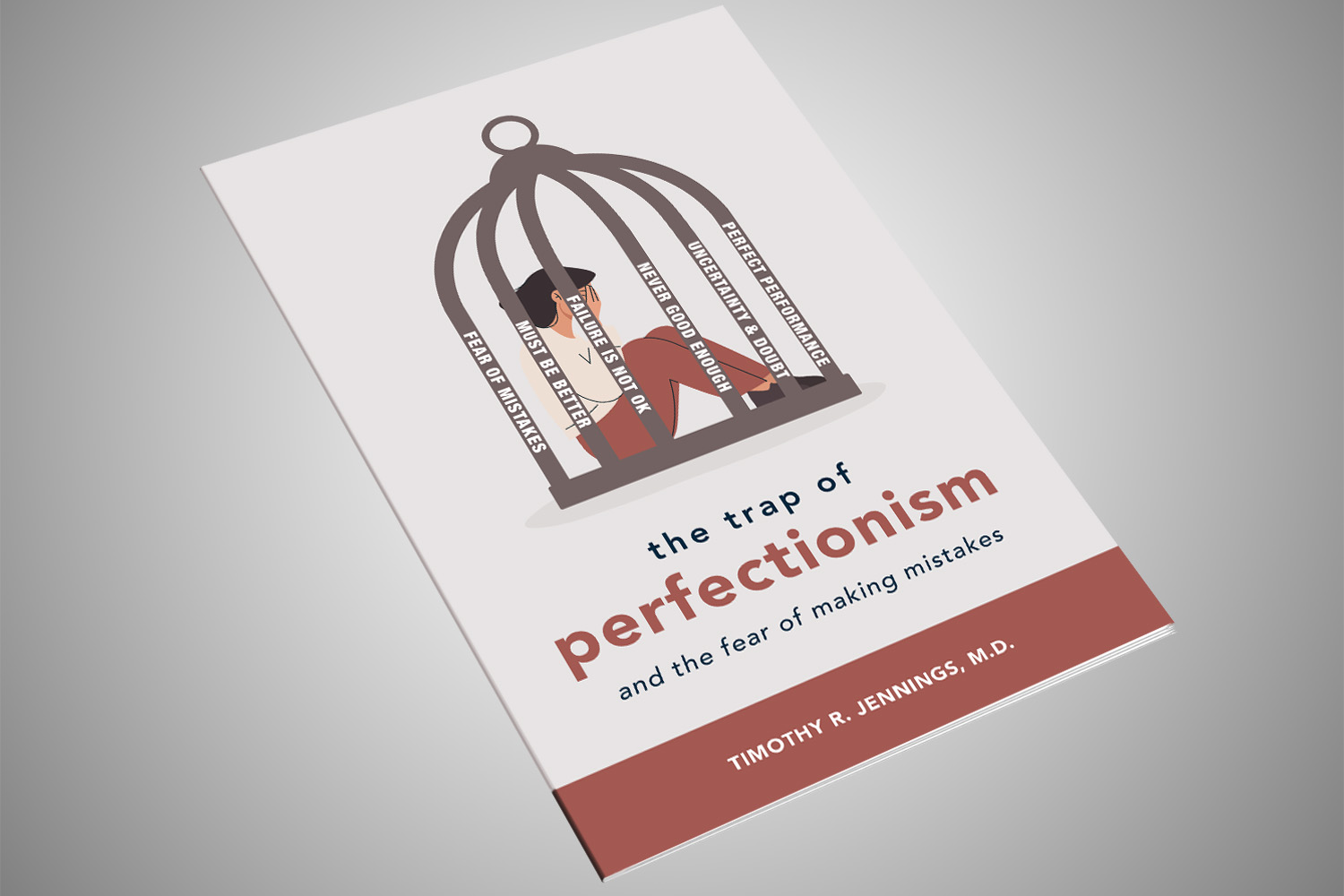
The Trap of Perfectionism (pamphlet)
In this powerful new pamphlet, The Trap of Perfectionism, Christian psychiatrist Dr. Timothy R. Jennings exposes how fear-based thinking can distort even our noblest desires — to do right, to be good, to honor God — and turn them into emotional torment and spiritual paralysis.
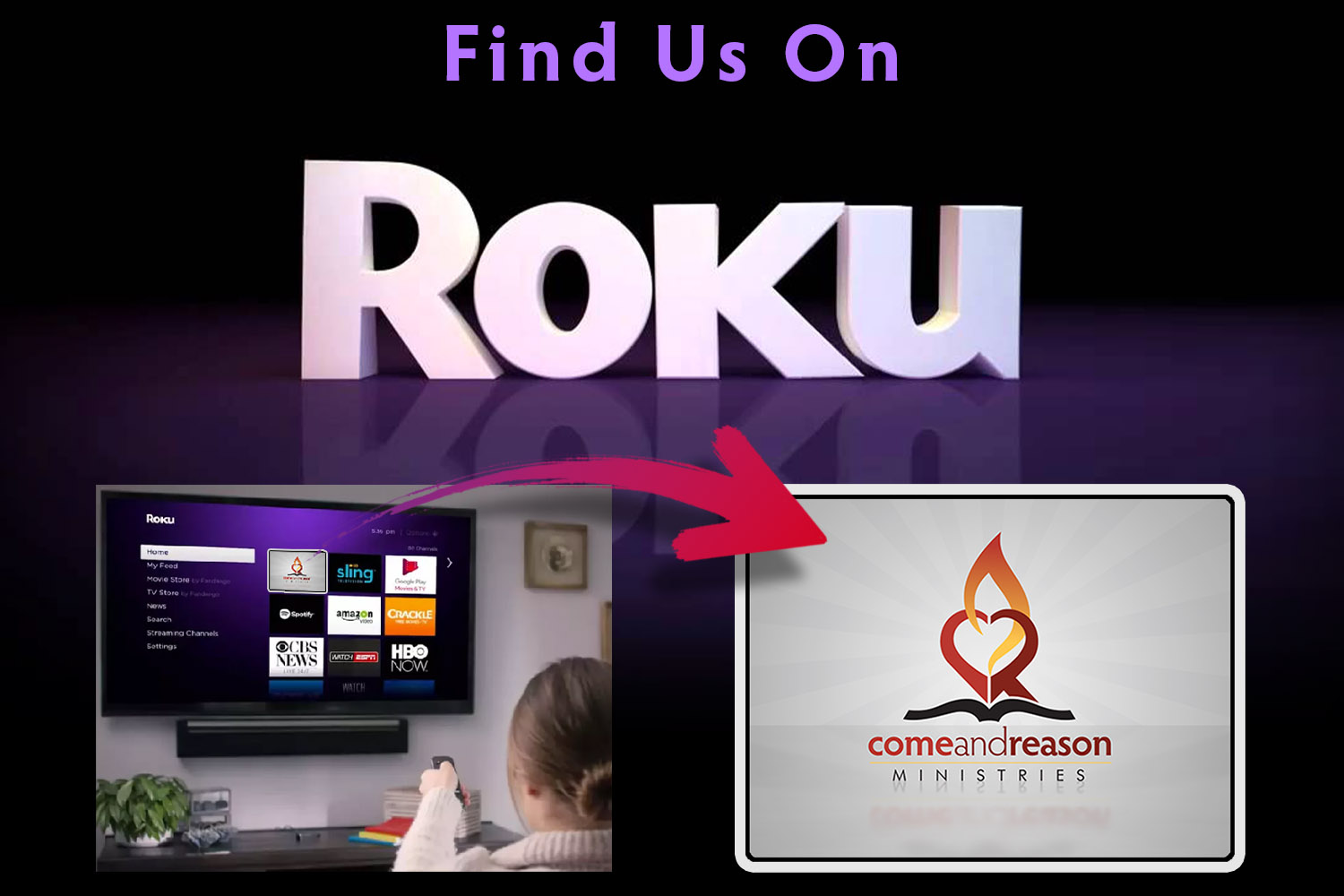
Watch our Live Stream On Roku!
If you have a Roku device or Roku-enabled TV, then you can watch our live streams! The ComeAndReason Channel features our current bible study class, streamed live every Saturday at 10:00 am eastern, a one-year archive of past classes, our weekly Questions & Answers, five of our most popular seminars, and special presentation videos.

Shop at Our USA Store!
Our Store features most of our “hard copy” materials, such as our various bulk order books by the case, magazines, and other publications. All of our items include Free shipping to US and APO/FPO addresses only, NO international shipping is available. We do have South Africa and Australia/New Zealand distribution hubs with limited selections for delivery to those regions (see Stores in the main menu).

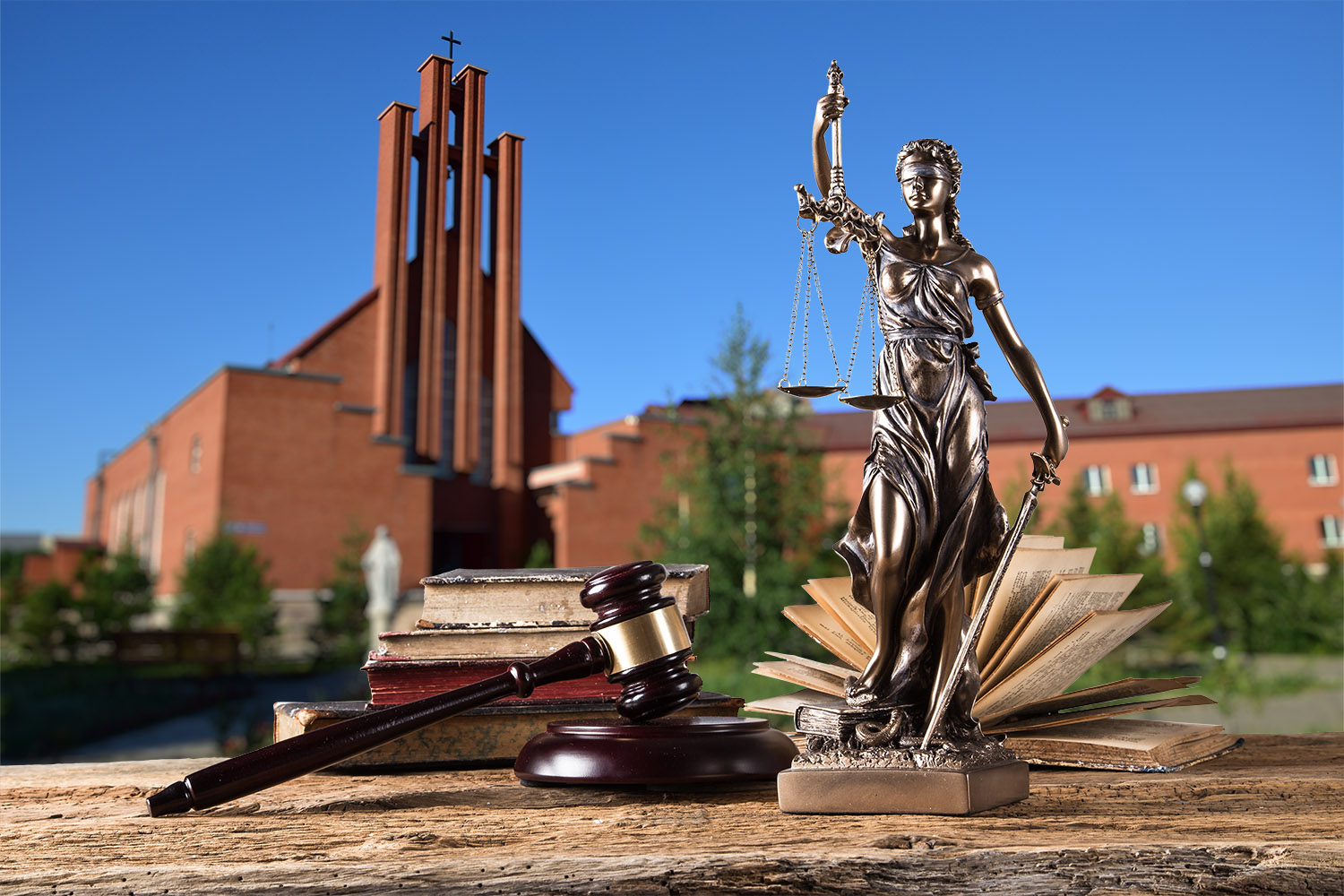




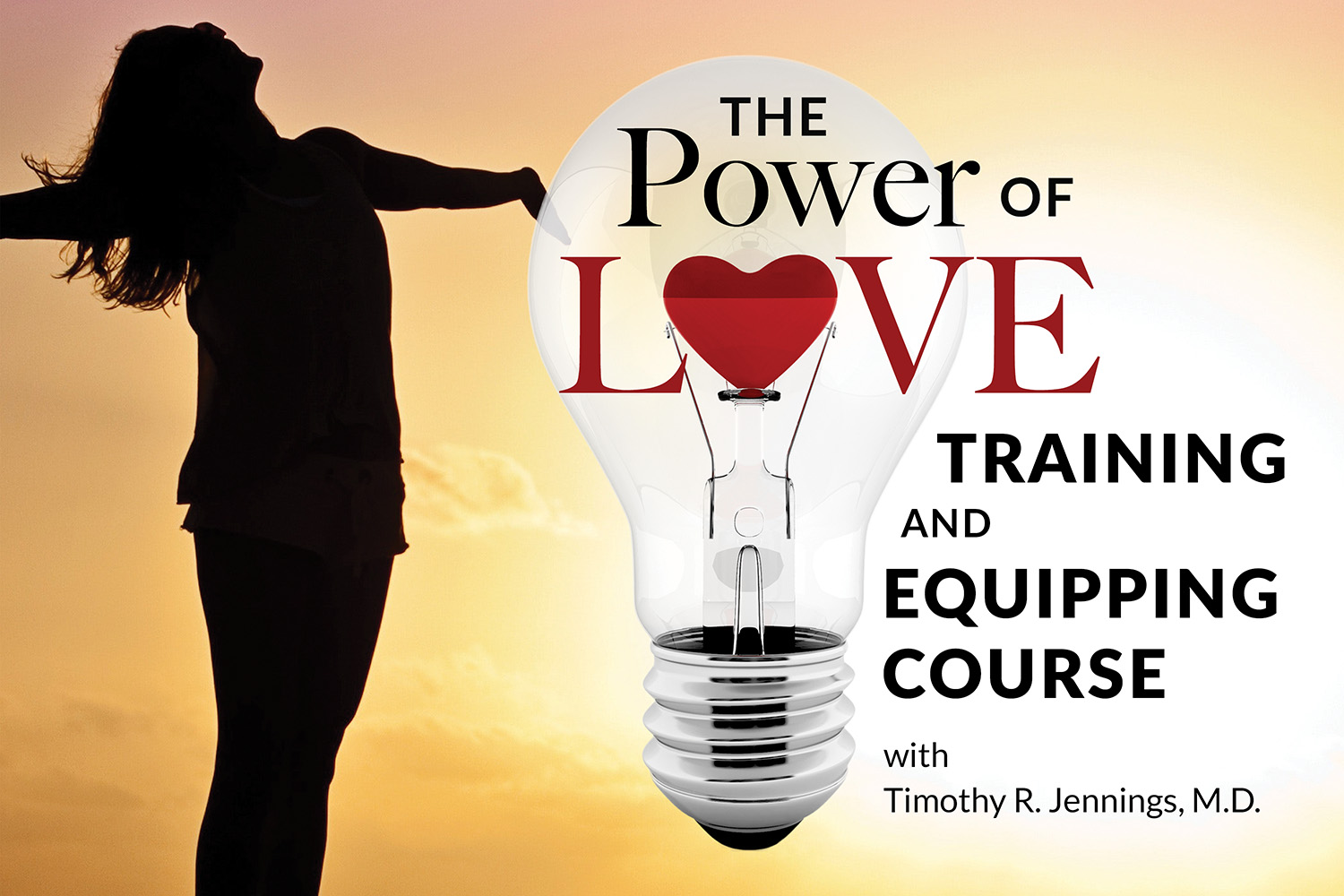
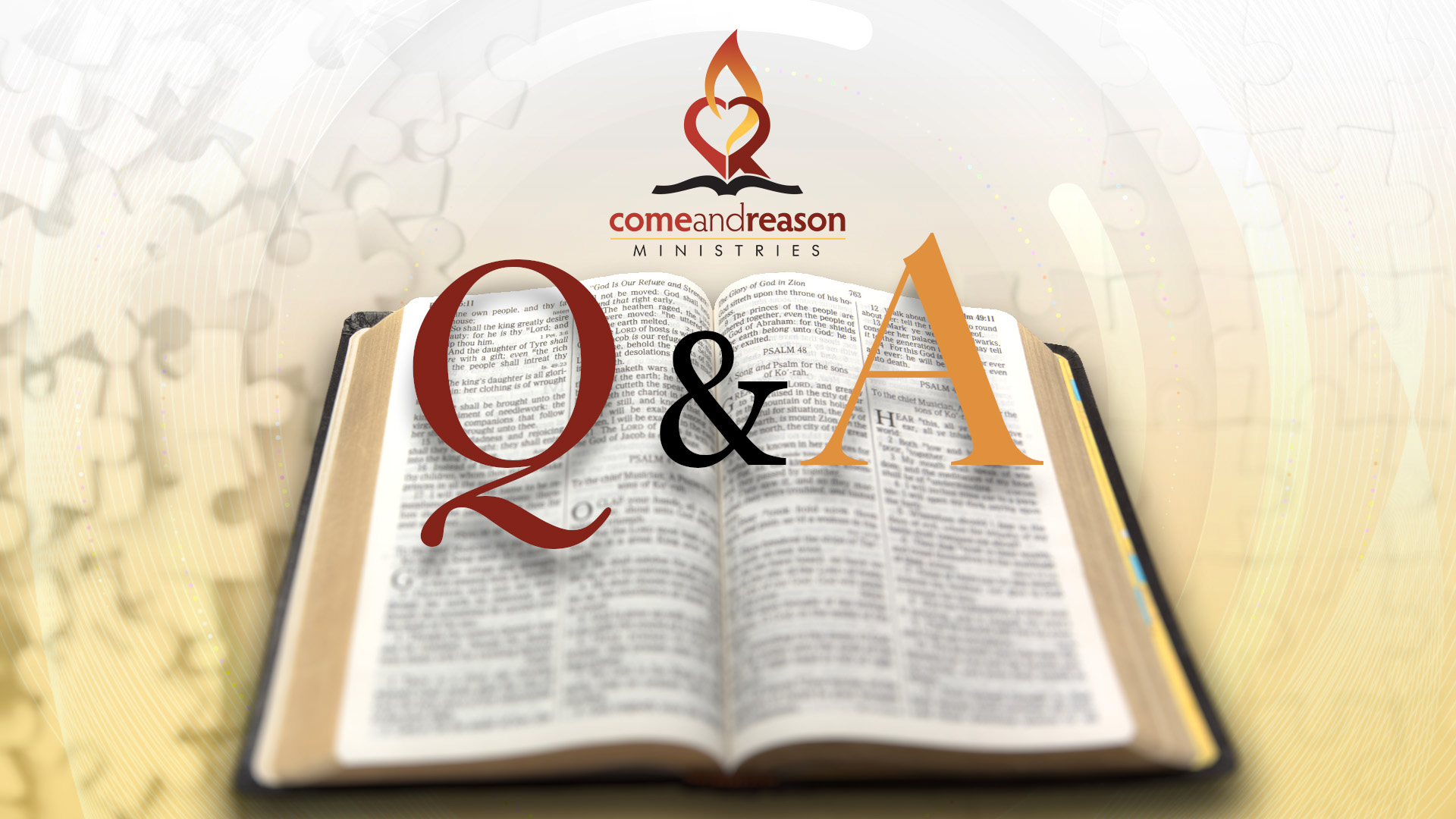



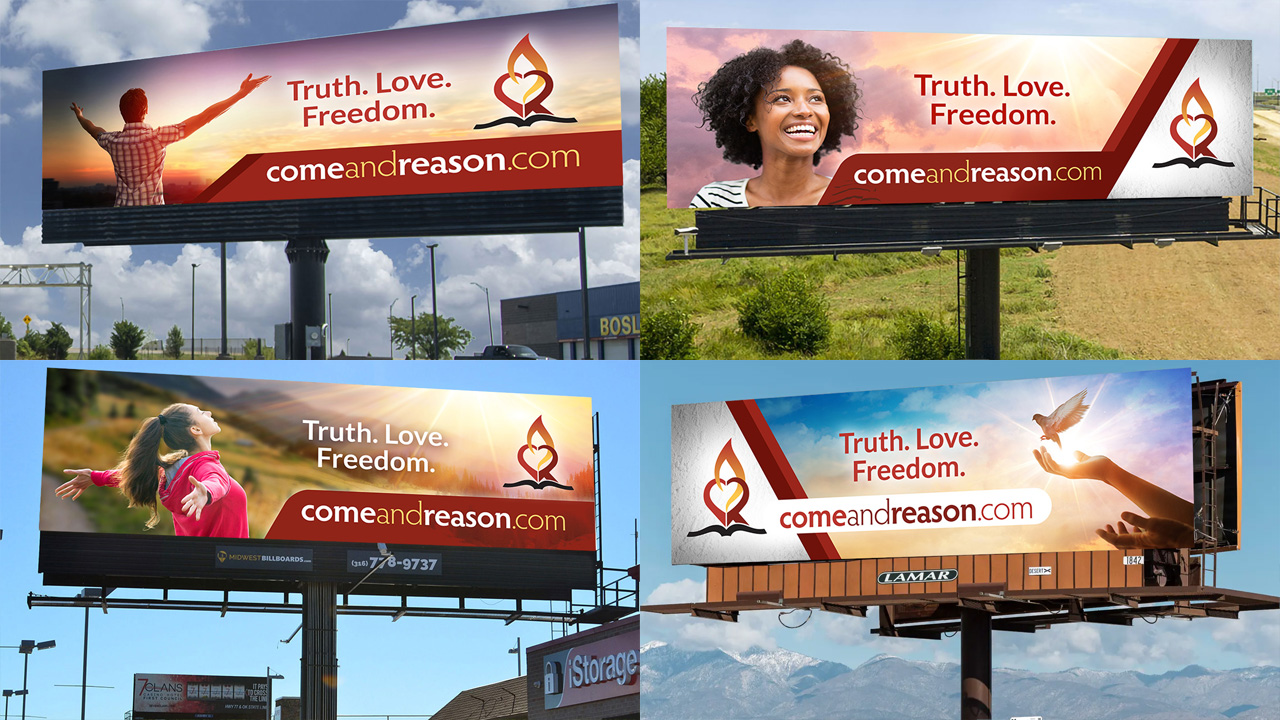







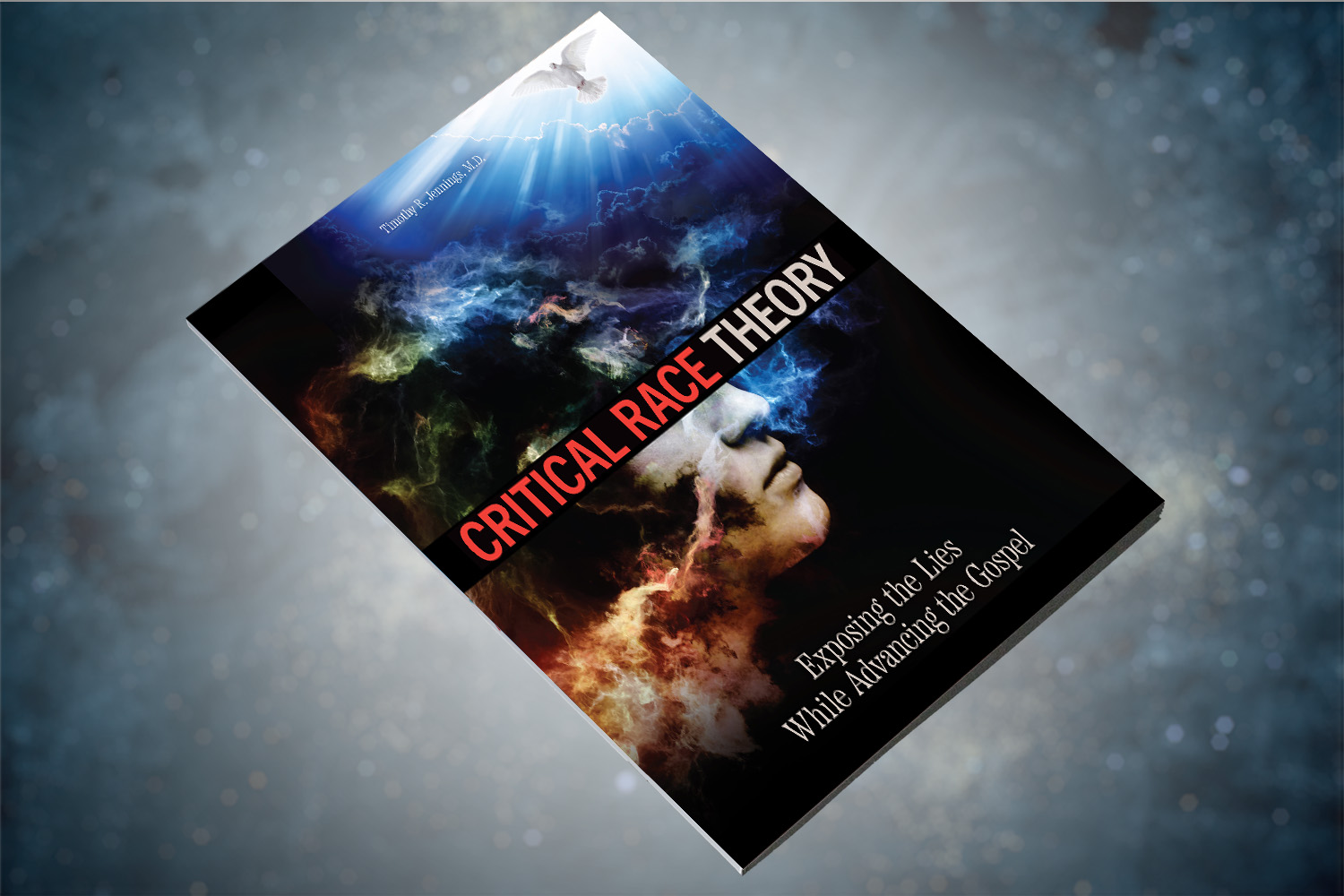
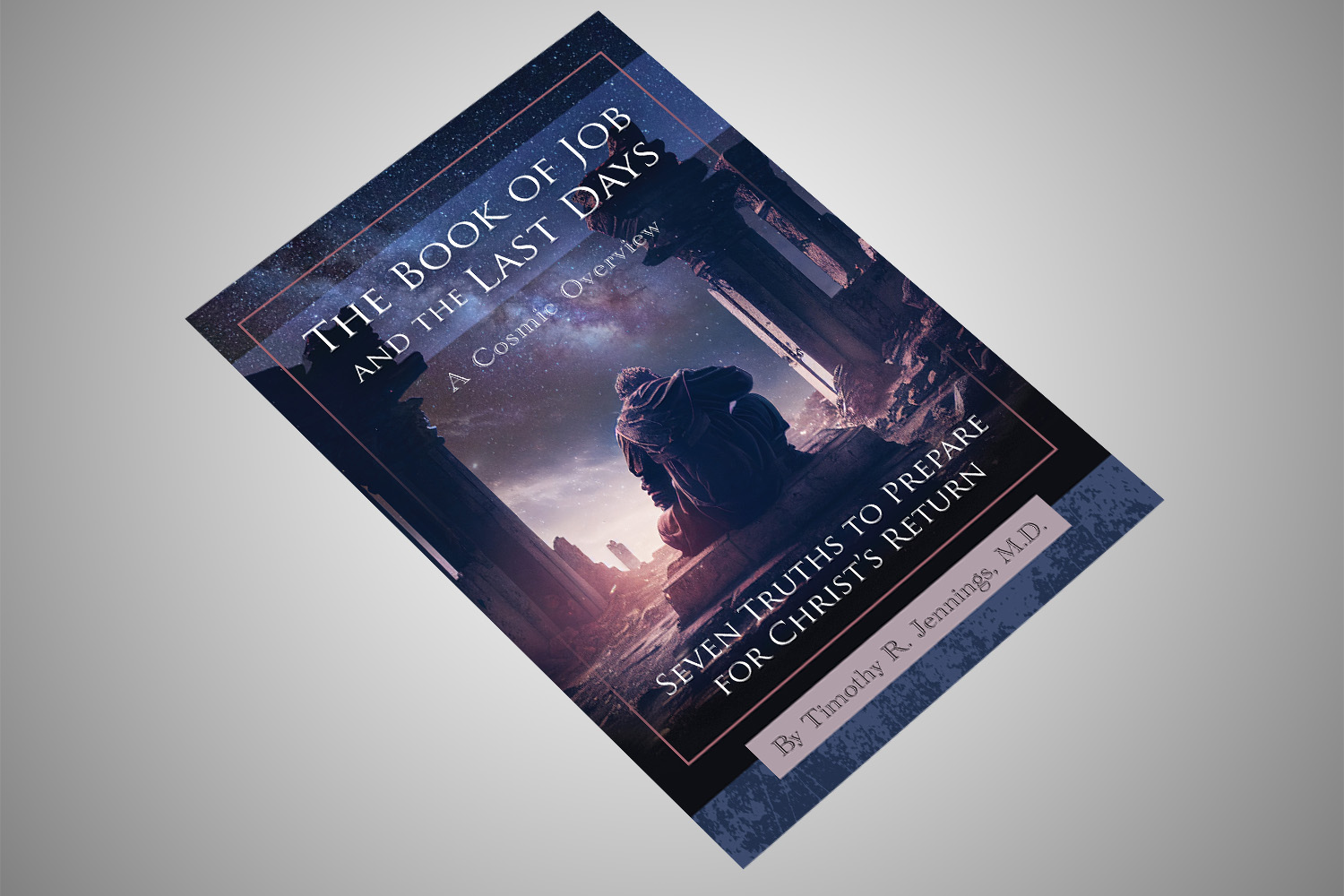

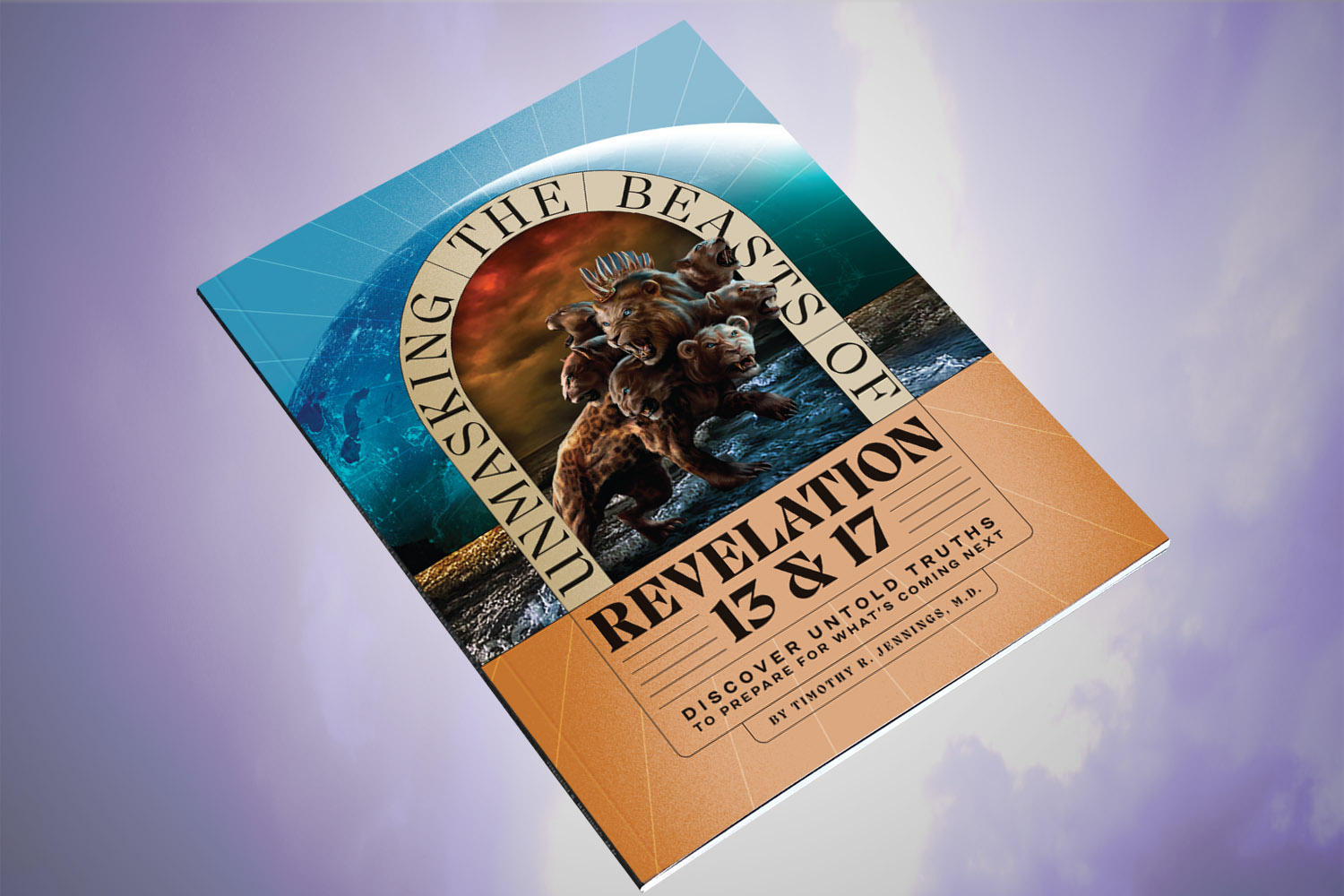

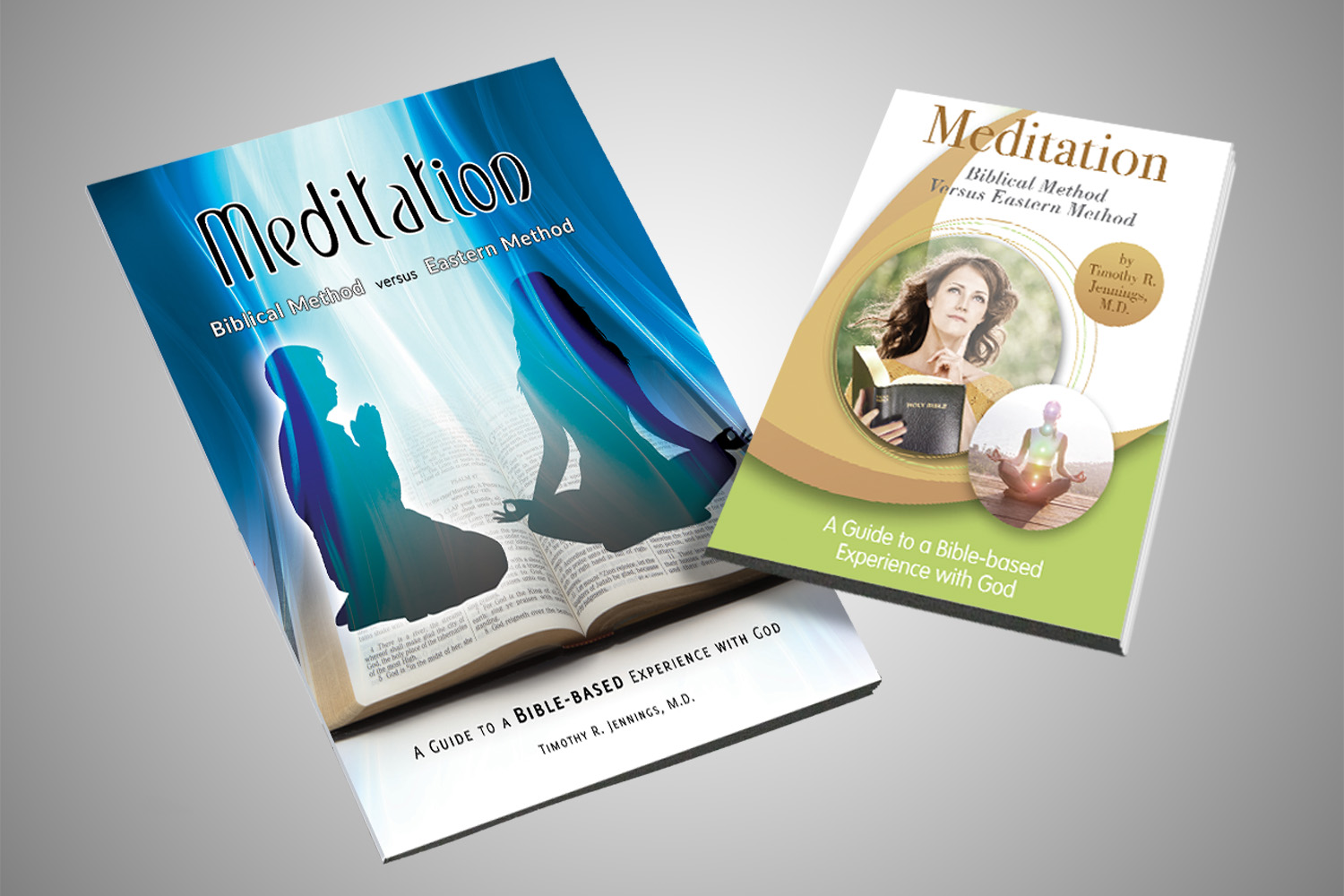
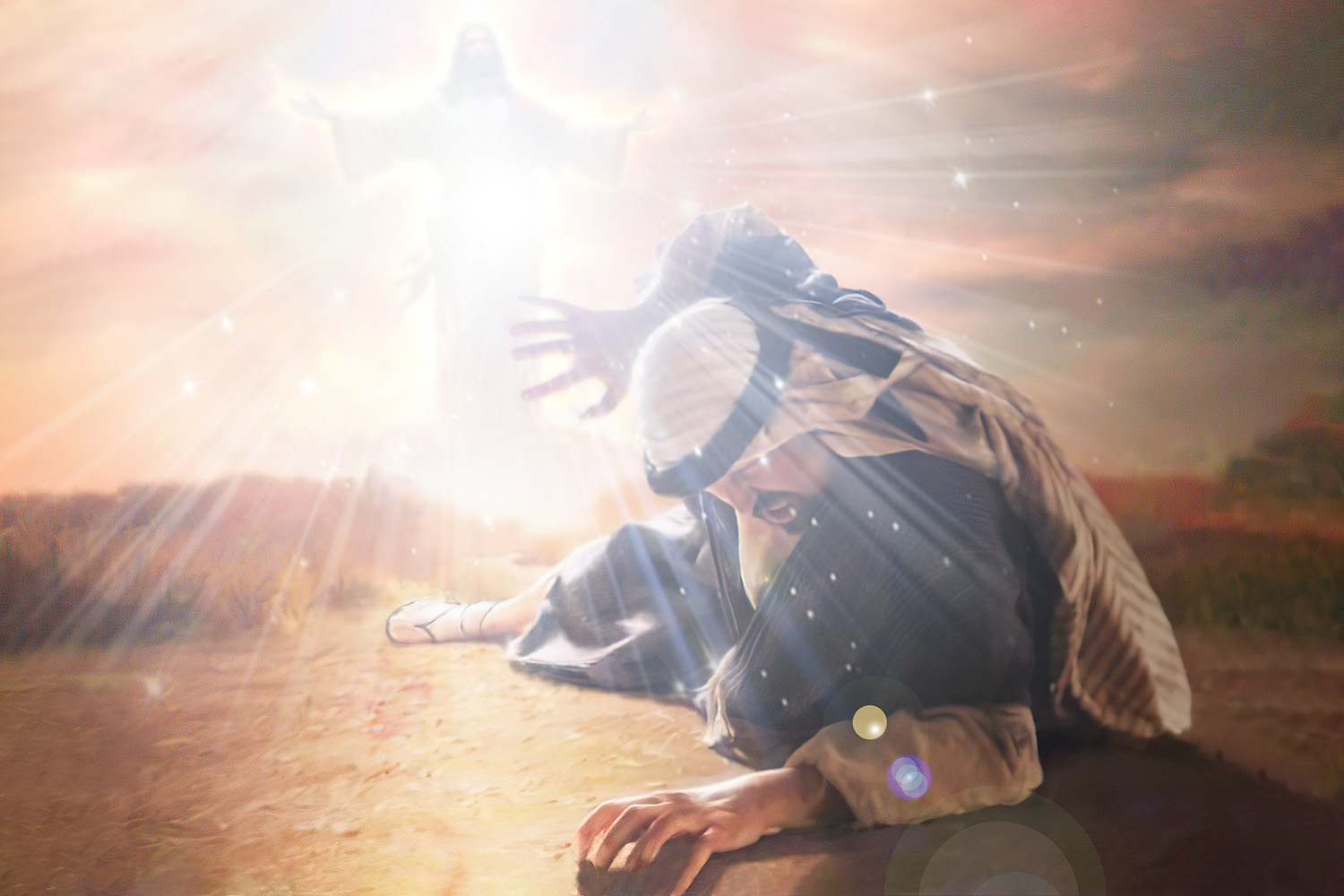



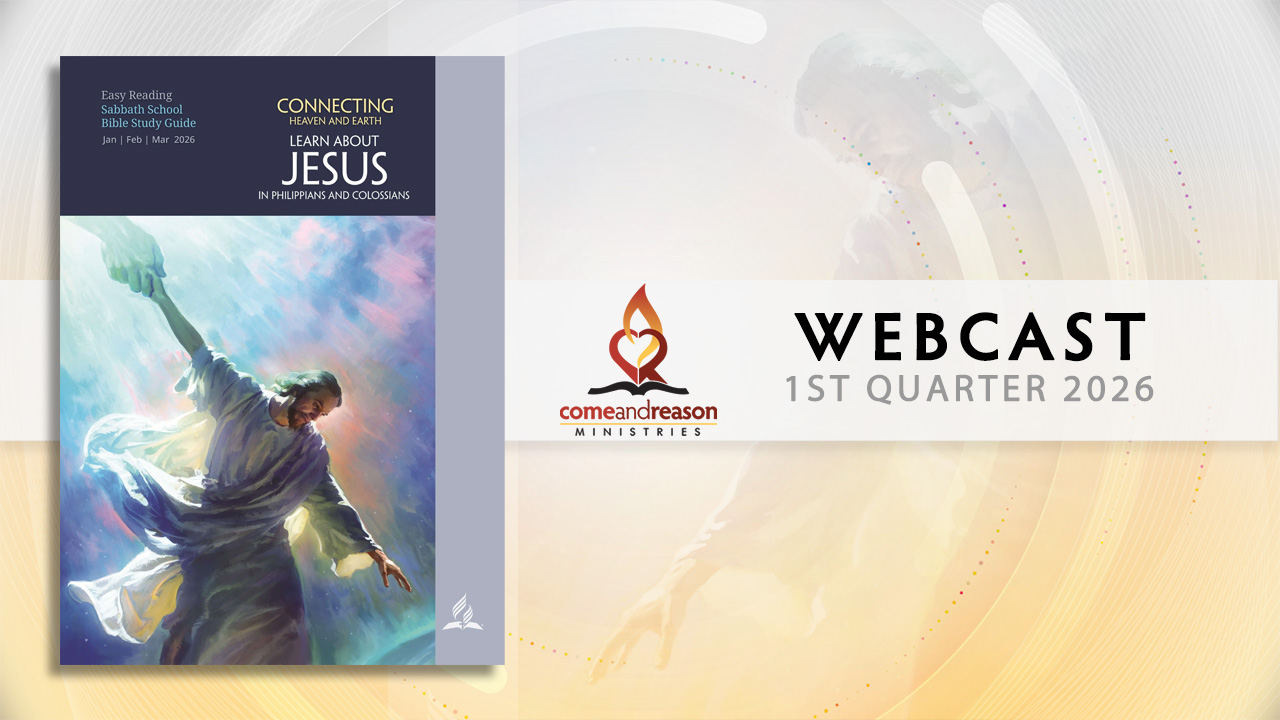
 using your credit or debit card (no PayPal account needed, unless you want to set up a monthly, recurring payment).
using your credit or debit card (no PayPal account needed, unless you want to set up a monthly, recurring payment). instead?
instead?